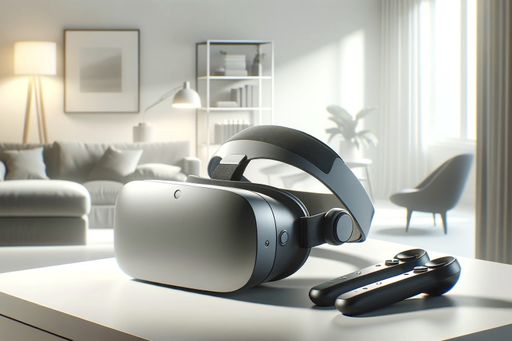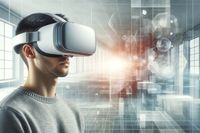Pimax Crystal hands-on part two: A very versatile headset
Read about the author's experience with the Pimax Crystal headset and the new hardware features and software updates that have made it a versatile headset.

Introduction
The author starts by mentioning that the Pimax Crystal headset has pleasantly surprised them with software updates that activated new hardware features and improved headset connection and tracking. They congratulate Pimax on their 8th anniversary and highlight the benefits of the Tobii eye-tracking and inside-out tracking modes.
Headset Ergonomics
The author initially found the Crystal headset to be relatively comfortable but heavy. However, they mention that the weight becomes less noticeable over time as the body adjusts. They also share their experience with different face cushions and modifications they made to improve the fit and stability of the headset. Overall, they find the headset to be much more comfortable after these adjustments.
Pimax Play Updates
The author discusses the software updates they received for the Crystal headset, which improved connection reliability and included features such as inside-out tracking, local dimming, lighthouse mode, and audio latency adjustment. They also mention the battery life and the activation of eye tracking as the most important update. They highlight the benefits of eye tracking and provide information on the calibration process.
Dynamic Foveated Rendering, Eye Tracking Data, and Standalone Mode
The author explains the concept of dynamic foveated rendering (DFR) and its benefits in optimizing rendering resources. They discuss the Pimax Play settings for eye tracking and the compatibility of DFR with different games. They also mention the availability of eye tracking data and the use of third-party applications to access additional data.
They briefly describe the standalone mode of the Crystal headset, its setup process, and the available applications. They mention that the Crystal runs on a modified version of Android and can use OpenXR software. While they find the standalone mode cool and freeing, they note that the content available in the store is currently limited.
Lastly, the author discusses the SteamVR faceplate feature, its installation process, and its benefits. They mention that the faceplate allows for precise tracking and improved visuals. They also mention the 72Hz mode, Almalence's Digital Lens OpenXR Plug-in, and other additional software that enhances image quality and rendering performance.


